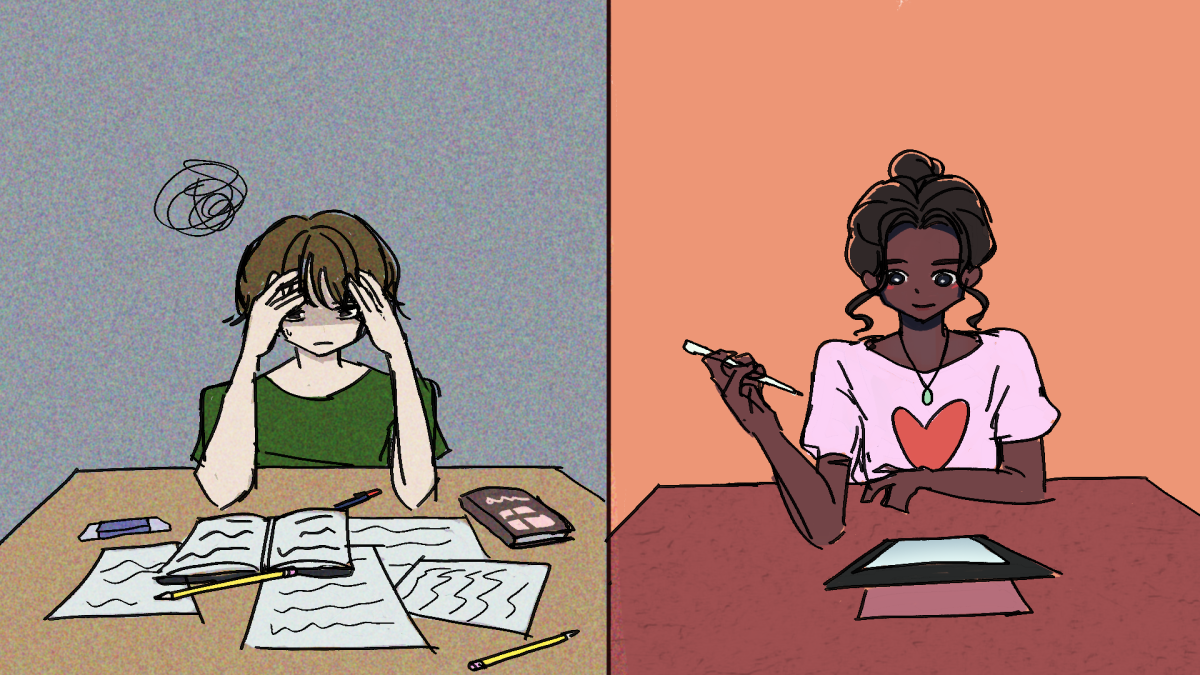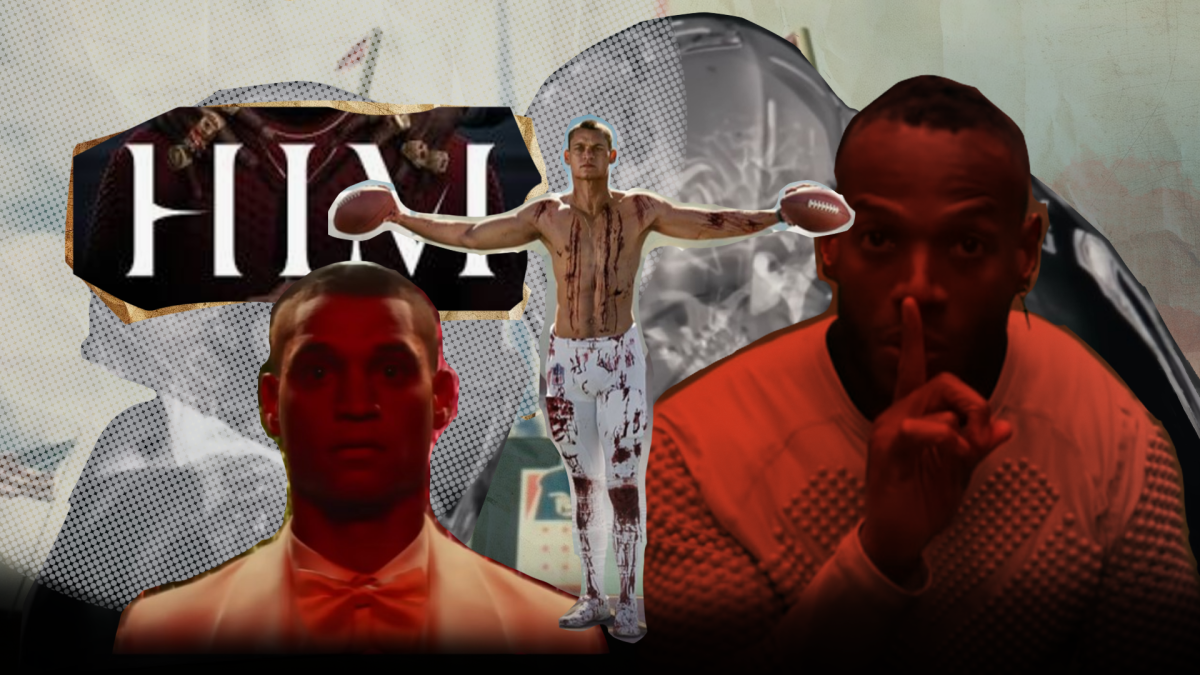From Wednesday Addams to Loki, speculation over the sexual identity of characters in literature and film is often a hot topic of debate on the internet. But characters with seemingly non-heteronormative — but ultimately undefined — sexualities are not specific to the modern age. In fact, some of the most famous examples of characters with ambiguous sexualities are found in classic literature dating back to the 19th century.
The socially conservative context of the Victorian era prompted the absence of LGBTQ+ representation in much 19th-century classic literature. However, many literary theorists have found queer themes in relationships ranging from obsessed artists to vampirism. Some argue that this gave visibility to LGBTQ+ characters who otherwise would not have had representation, while others retort that it reinforced an unhealthy narrative about repressed feelings or the stigmatization of being queer.
Ultimately, we must evaluate each text’s contributions or hindrances to LGBTQ+ identity and carry that knowledge forward as we learn to critically analyze our interactions with all forms of media — from classics to the internet.
“Anna Karenina” (1878)
“Kitty had seen Anna every day, was in love with her, and had imagined her inevitably in lilac. But now, seeing her in black, she felt that she had never understood all of her loveliness,” Leo Tolstoy wrote in “Anna Karenina.”
While sometimes overlooked for its queer themes, “Anna Karenina,” by Leo Tolstoy, has generated many feminist and queer interpretations, as it depicts several same-sex relationships with blurred lines between friendship and romance. Many of these moments are fleeting and ambiguous, but their frequency and immense detail makes readers with a keen eye wonder what’s happening between the lines.
The relationship between Anna and Kitty, two of the novel’s main female characters, is one obvious example of this not-so-ambiguous ambiguity. Even while the plot features Anna and Kitty engaging in various heteronormative relationships, the extent of their deep emotional intertwinement makes readers question if their feelings are deeper.
While the two are never outwardly stated as queer, it is hard to overlook their magnetism.
“Jane Eyre” (1847)
“Resting my head on Helen’s shoulder, I put my arms round her waist; she drew me to her, and we reposed in silence,” Charlotte Brontë wrote in Chapter 8 of “Jane Eyre.”
Similar to “Anna Karenina,” most of the queer subtext in this novel comes from the affectionate, intimate bonds created by female friendships. In particular, Jane Eyre’s defiant rejection of gender norms and her relationship with Helen Burns is often the focus of queer readings. Their chemistry is emphasized by physical embraces and Eyre’s detailed descriptions of Burns’ beauty. While these “romantic friendships” were common amongst women in the 19th century, they are often interpreted with an underlying queer subtext. Eyre’s ultimate marriage to a man also prompts further conversations about LGBTQ+ visibility and the obsession with female characters finding closure only through heteronormative, patriarchal structures.
“Dracula” (1897)
“How dare you touch him, any of you? How dare you cast eyes on him when I had forbidden it? Back, I tell you all! This man belongs to me!” Bram Stoker wrote in Chapter 4 of “Dracula.”
This novel explores the possessive dynamic between Count Dracula, a vampire, and Jonathan Harker, a traveler who is invited to Dracula’s castle and becomes his prisoner. However, some argue their relationship extends beyond captor and captured, and that blood-sucking acts as a metaphor for physical intimacy. Vampirism between Dracula and Harker is displayed as a conduit for male-male contact, a double-edged sword which allows for exploration of homosexual relationships under the guise of horror. While providing a platform for contemplation of queerness, some scholarly interpretations, such as Sebastian Gonzalez’s “The Humanization of the Vampire and Dehumanization of the Queer Community,” feel that this negatively represents homosexuality as Dracula is characterized as an evil, monstrous being.
“The Picture of Dorian Gray” (1891)
“Dorian, from the moment I met you, your personality had the most extraordinary influence over me. I was dominated, soul, brain, and power by you.” Oscar Wilde wrote in Chapter 2 of “The Picture of Dorian Gray.”
Basil Hallward, a male artist, develops an overt obsession with Dorian Gray after painting a portrait of him. The tangled cascade of consequences that unfold as his infatuation develops weave together a cautionary tale about the effects of repressed desires. The intimacy of Hallward’s feelings towards Gray are exemplified by the characterization of the portrait as almost supernatural. This is both because of its depiction of Gray’s ethereal beauty and also because of its role as the physical manifestation of Hallward’s obsession in place of any true physical intimacy between Hallward and Gray.
“The Picture of Dorian Gray” also examines the social consequences of Hallward’s feelings for Gray. Hallward fears his attachment to Gray is made evident by the portrait, and, as a result, chooses never to display it, fearing judgement and bringing attention to the societal climate surrounding the LGBTQ+ community.
“Moby-Dick” (1851)
“Upon waking next morning about daylight, I found Queequeg’s arm thrown over me in the most loving and affectionate manner. You had almost thought I had been his wife,” Herman Melville wrote in Chapter 4 of “Moby-Dick.”
The close quarters and strictly-male community onboard The Pequod make same-sex affection and intimacy, whether explicitly romantic or not, a constant underlying factor of “Moby-Dick.” The conversational tone with which Ishmael, a young sailor, narrates the novel deviates from the typically strict, formalized literary style of the 19th century. It allows the reader to develop a deeper connection with him, and makes his detailed descriptions about Queequeg, a harpooner onboard the ship, all the more emotionally-charged.
An often-cited example of the pair’s closeness is a night where they are forced to share one bed due to a lack of vacancy at The Spouter-Inn. While travelers sharing beds wasn’t uncommon in the 19th century, the affection with which Ishmael references the night throughout the novel makes readers question whether the experience was more than just an unfortunate circumstance.
Yes, the “only one bed trope,” a staple of modern enemies-to-lovers teen romance novels, had one of its earliest literary appearances in “Moby-Dick.”
However, while Ishmael develops deep admiration for Queequeg, it is also important to acknowledge that he often exoticizes and stereotypes his status as a non-Western person of color. So, while this novel is an interesting case study in queer literature it is important to view it through a critical lens, as with all of these readings.




